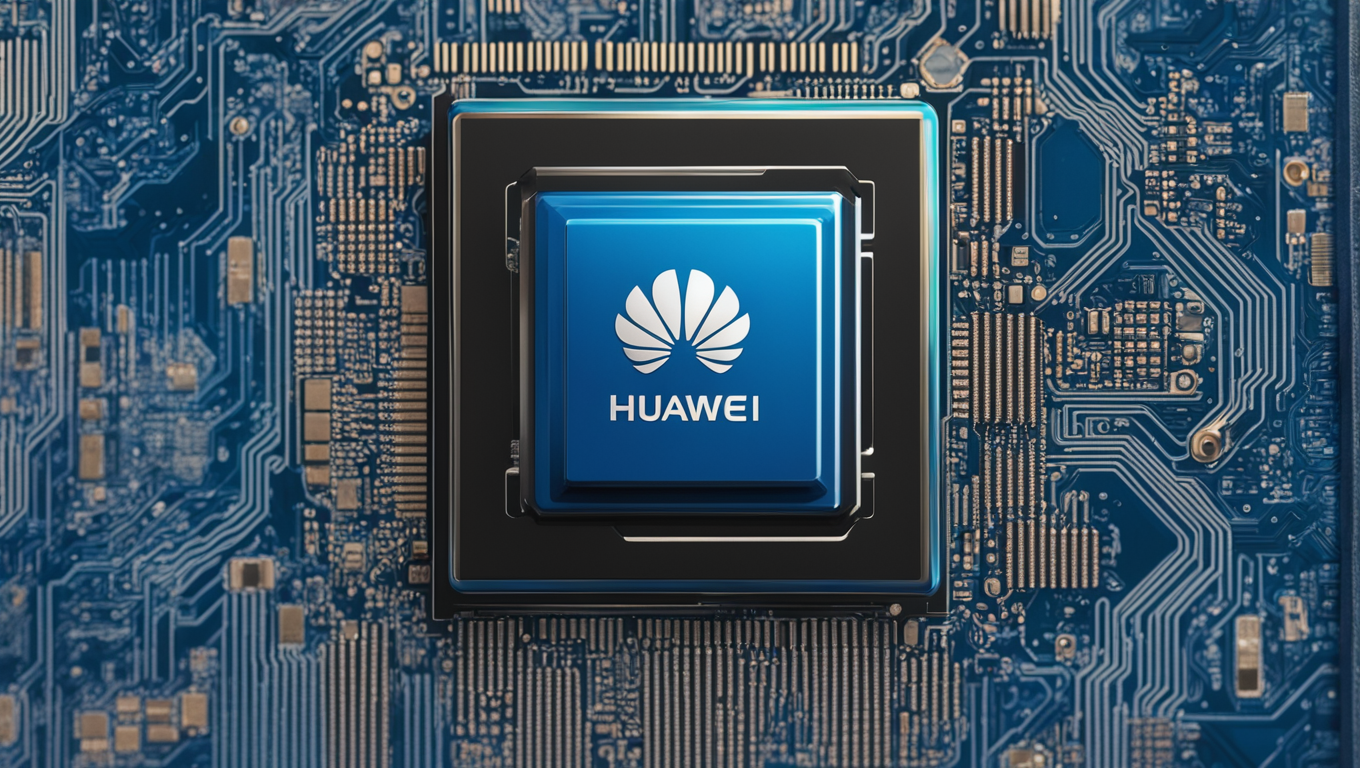Silicon Valley startup d-Matrix is making waves in the AI chip industry with its revolutionary chip designed to handle multi-user services. The company, which has secured over $160 million in funding, including from Microsoft’s venture capital arm, is aiming to deliver services such as chatbots and video generators with its AI chip.
While the chip giant Nvidia’s chips are primarily used to train AI systems on massive amounts of data, d-Matrix’s chips are specifically designed to handle a high volume of requests from end-users, a process known as inference. This means that even as users continue to ask the AI system for new responses or tweaks to a video, d-Matrix’s chip can efficiently handle the workload.
“We are getting a lot of interest in video use cases where we have customers coming and saying, ‘Hey, look, we want to generate videos, and we want a collection of users, all interacting with their own respective video,'” explained Sid Sheth, d-Matrix’s CEO.
The company is currently in the testing phase, with early customers sampling the chips. Full shipments are expected to begin next year. While d-Matrix did not disclose specific customers, it announced that Super Micro Computer will sell servers capable of holding d-Matrix chips, further solidifying their presence in the market.
The potential applications for this next-gen AI chip are vast. Video generation, in particular, stands out as a use case with significant demand. With d-Matrix’s chip, multiple users can interact with their own video, making it a valuable tool for industries such as entertainment, advertising, and marketing.
This new development in AI chip technology could have far-reaching implications for various industries. The ability to handle a large number of users simultaneously on a single chip opens up possibilities for more advanced and interactive services. It also demonstrates the continued progress in AI chip development, pushing the boundaries of what is currently possible.
As the demand for AI services grows, companies like d-Matrix are pushing the limits of what AI chips can do, revolutionizing multi-user experiences and paving the way for a more interconnected and intelligent future.





Use the share button below if you liked it.